Ancus Marcius Period
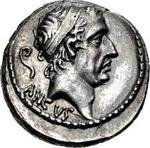
Main Political Characteristics
Balanced ruler:
Combined religio (piety, rituals, cults) with arma (military expansion).
Defensive-expansive policy:
Fought against Latins and other neighbors but focused on consolidating Rome’s hold rather than blind conquest.
Expansion of Roman territory:
Took land from Latins, brought defeated peoples to Rome, creating a more multicultural city.
Institutions of the Time
Religious:
Restored rituals neglected by Tullus Hostilius, following Numa’s tradition. Introduced fetiales priests → responsible for rituals of declaring war and peace, formalizing Rome’s “just war” concept.
Political & Legal:
Strengthened Senate through integration of new patrician houses (from conquered Latin settlements). Civic institutions expanded with new citizens.
Infrastructure / Polis Management:
Built the first bridge (Pons Sublicius) over the Tiber — crucial for trade and military mobility.
Established Ostia (Rome’s first port), a key milestone toward Rome’s commercial development.
Built salt works near Ostia → early state-controlled resource.
Democracy & Role of the King
Still monarchy, not democracy.
Ancus ruled as sole king, advised by Senate, with assemblies playing limited legitimating role.
His legitimacy leaned on both:
Religious authority (like Numa). Military strength (like Tullus).
Social Structure & Stratum Rights
Patricians:
Expanded by incorporation of Latin elites; Senate enlarged. Continued to dominate politics and priesthoods.
Plebeians:
Grew in numbers due to settlement of conquered Latins into Rome. Had rights of residence but limited political influence.
Clients:
Increased as new populations needed patrons for integration.
Slaves:
More war captives introduced from Latin wars.
Result:
Social complexity increased, with Rome shifting from a tribal settlement toward a more urbanized, mixed society.
Ancus Marcius – Reforms & Economic Changes
Religious Reform:
Reestablished rituals neglected since Numa. Instituted the fetiales priesthood, who formalized declarations of war and peace, introducing Rome’s idea of “just war.”
Military Expansion & Population Policy:
Defeated Latin towns; instead of destroying them, integrated their people into Rome. Expanded Rome’s population and workforce. Enlarged the Senate with new patrician families.
Infrastructure Reforms:
Built the Pons Sublicius, first bridge over the Tiber → allowed troop movement and improved trade connectivity. Founded Ostia, Rome’s first port → entry point for salt, fish, and trade with Etruria and Latium. Constructed salt works at the Tiber’s mouth → state-controlled industry.
Economic Changes
Shift from subsistence to proto-commercial economy:
Salt production became a revenue and strategic resource (salt roads linked Rome to Latium). Increased urbanization from influx of conquered populations created larger local markets.
Imports & Exports:
Ostia opened direct routes for exchange with Etruria, Latins, and possibly Greek traders. Still barter-dominant (no coinage yet), but more structured than in Romulus’ or Numa’s time.
State Role:
Rome began controlling key resources (salt monopoly). Infrastructure (bridge, port) integrated Rome into regional trade.
| King | Political/Institutional | Economy | Society |
|---|---|---|---|
| Romulus (753–716 BCE) | Founder; Senate of 100 patres; basic assemblies. | Barter exchange; agriculture dominant; no coinage; trade minimal. | Stratified: patricians, plebs, clients; slaves from raids. |
| Numa Pompilius (715–673 BCE) | Religious institutions; priesthoods; peaceful governance. | No major economic reform; continuity of subsistence farming. | Stabilized society with religious cohesion; reinforced patrician priestly dominance. |
| Tullus Hostilius (673–642 BCE) | Militaristic expansion; Alba Longa destroyed; Senate enlarged. | Increased war booty; integration of conquered land and people. | Greater plebeian numbers; slaves increased; Senate strengthened. |
| Ancus Marcius (640–616 BCE) | Balanced religious + military; created fetiales; expanded Senate. | Salt works; Ostia founded (port); first bridge over Tiber; proto-commercial expansion. | Integration of Latins into Roman citizen body; social mix widened. |
So, where is the auctions related context? Hey, Authors, you promised!
While Ancus Marcius’ reign laid crucial groundwork for Rome’s future as a commercial hub, the economy was still too rudimentary to speak of structured market tools such as auctions. Exchange remained barter-based, and trade was conducted through direct exchange or state redistribution.
Introduction to Early Rome: The Seven Kings
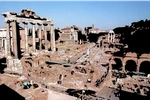
Romul, the First King of Rome
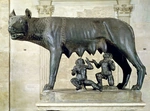
Numa Pompilius, Second King of Rome

Tullus Hostilius, Third King of Rome
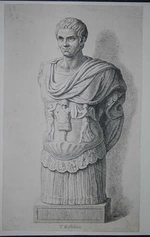
The Roman King Tarquinius Priscus
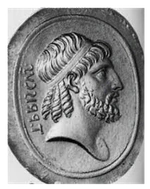
Tarquinius Superbus, the Last King of Rome
